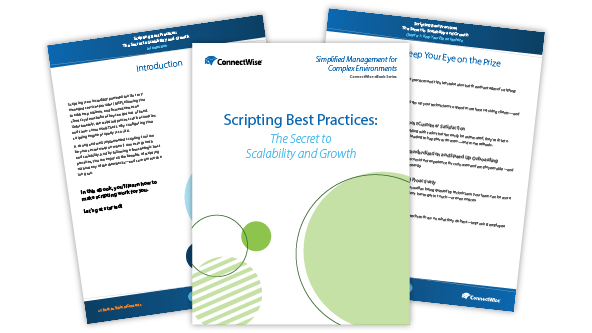- Business Management
Integrated front and back office solutions
- Unified Monitoring and Management
Manage customer endpoints and data
- Cybersecurity and Data Protection
Protect your clients’ critical business assets
- Asio—The MSP Platform
The purpose-built platform for MSPs
Explore Business Management
Explore Unified Monitoring and Management
Explore Cybersecurity
Explore Data Protection
Explore Platform
Explore Hyperautomation
- IT Nation
Industry events and networking
- ConnectWise
Peer groups and product training
- Open Ecosystem
Top-rated vendors and integrations
- Resources
Business-driving insights and guidance
IT Nation
ConnectWise
Open Ecosystem
Partnerships
- About Us
Company profile, values, and leaders
- News
The latest ConnectWise updates
- Markets
Roles and industries we support
About ConnectWise
Company Updates
Who We Serve
- Partner Support
ConnectWise solution resources
- Partner Education
Certifications and resources
Get Support

Partner Support
Access your products, see announcements, and find support
Log in to ConnectWise Home >>
Explore Partner Education




